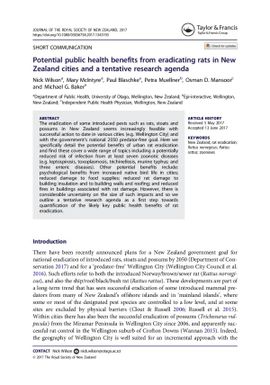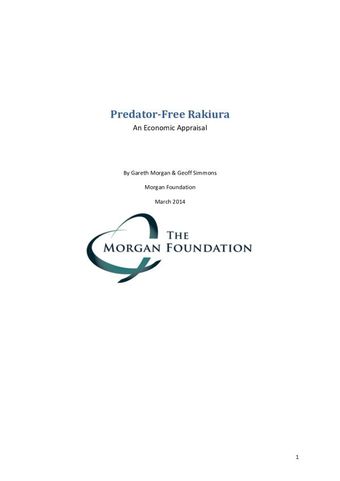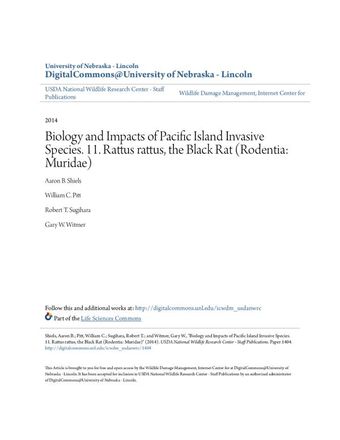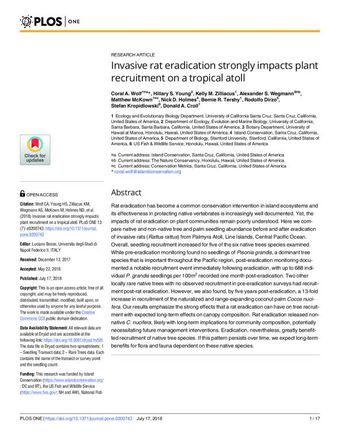Potential public health benefits from eradicating rts in New Zealand cities and a tentative research agenda.
- Description:
- The eradication of some introduced pests such as rats, stoats and possums in New Zealand seems increasingly feasible with successful action to date in various cities (e.g. Wellington City) and with the governments national 2050 predator-free goal. Here we specifically detail the potential benefits of urban rat eradication and find these cover a wide range of topics including a potentially reduced risk of infection from at least seven zoonotic diseases (e.g. leptospirosis, toxoplasmosis, trichinellosis, murine typhus; and three enteric diseases). Other potential benefits include: psychological benefits from increased native bird life in cities; reduced damage to food supplies; reduced rat damage to building insulation and to building walls and roofing; and reduced fires in buildings associated with rat damage. However, there is considerable uncertainty on the size of such impacts and so we outline a tentative research agenda as a first step towards quantification of the likely key public health benefits of rat eradication.
- Display date:
- 2017
- Collections:
- Secretariat of the Pacific Regional Environment Programme (SPREP)
- Publisher:
- Taylor & Francis
- Content partner:
- Secretariat of the Pacific Regional Environment Programme (SPREP)
- Availability:
- Not specified
-
Copyright status: All rights reservedFind out more about what you are able to do with this itemThis item is all rights reserved, with means you'll have to get permission from Secretariat of the Pacific Regional Environment Programme (SPREP) before using it. For more information, please see our use and reuse page.What can I do with this item?Non-infringing useNZ copyright law does not prevent every use of a copyright work, and this item may be hosted by an international institute or organisation. You should consider what you can and cannot do with a copyright work.No sharingYou may not copy and/or share this item with others without further permission. This includes posting it on your blog, using it in a presentation, or any other public use.No modifyingYou are not allowed to adapt or remix this item into any other works.No commercial useYou may not use this item commercially.
Related items
Welcome and warm Pasifik greetings
The information on this site has been gathered from our content partners.
The names, terms, and labels that we present on the site may contain images or voices of deceased persons and may also reflect the bias, norms, and perspective of the period of time in which they were created. We accept that these may not be appropriate today.
If you have any concerns or questions about an item, please contact us.



